To get ozone smell out of clothes, start by airing them outside in fresh air and sunlight. If the odor lingers, wash with baking soda or add a half cup of white vinegar in the rinse cycle. Enzyme-based cleaners can help with stubborn cases. The smell usually fades naturally within days, but these steps speed it up.
 How to Get the Ozone Smell Out of Clothes (and Everything Else It Clings To)
How to Get the Ozone Smell Out of Clothes (and Everything Else It Clings To)
You set up an ozone generator to tackle cigarette smoke, pet odor, or that musty basement smell. The treatment worked, but then a new problem showed up: your clothes stink. Not just a little bit either. Jeans, jackets, even the couch cushions all have that sharp, burnt-wires-meets-swimming-pool odor.
If that’s what you’re dealing with, you’re not alone. Lots of folks are surprised the first time they use ozone. Here’s why it happens and—more importantly—what you can do to get your stuff smelling fresh again.
Real Voices from People Who’ve Been There
- “It was like chlorine trapped in my jacket for days.”
- “Smelled like burnt plastic—couldn’t wear my hoodie.”
- “The car smelled fresh, but my clothes were rough for a week.”
So if your clothes came out worse than before, don’t assume you did anything wrong. This is common.
Why Ozone Smells This Way
Ozone is just oxygen with an extra piece—O3 instead of the O2 we breathe. That third oxygen atom is unstable. It breaks off and reacts with odors, VOCs, bacteria—and yes, even fabric fibers. That’s why ozone is such a strong odor-killer.
Once it’s used up, ozone turns back into plain oxygen. That’s why the smell doesn’t stick around forever. Good news: the ozone smell fades because the ozone itself disappears.
When the Smell Means Damage (Rare but Real)
Short, controlled treatments: the smell fades. Long or repeated heavy blasts: ozone can start to oxidize your stuff.
- Cotton: can weaken or yellow.
- Elastic: waistbands lose stretch.
- Leather: can dry out and crack.
- Dyes: may fade or shift color.
Bottom line: smell = temporary. Damage = permanent.
What to Do About It (Clothes First)
1) Air them out. Take clothes outside and hang them up. Fresh air and sunlight help the ozone “after-smell” disappear faster.
2) Wash with baking soda. Add about 1/2 cup to the wash. It neutralizes odors instead of just covering them up. (I usually keep a basic box on hand—any brand works.)
3) Rinse with white vinegar. Add ~1/2 cup during the rinse cycle. Vinegar cuts through that chemical tang. Don’t worry—the vinegar smell fades quickly.
4) Try an enzyme cleaner. Enzyme-based laundry additives break down stubborn odor molecules. If you don’t already have one you like, pick a simple fabric-safe option from the store.
5) Repeat if needed. Heavier fabrics (jeans, hoodies) sometimes need more than one round.
It’s Not Just Clothes
Ozone clings to anything soft and porous—your carpet, your curtains, that old recliner in the den, even your cousin’s couch you’re borrowing. If it can hold a smell, ozone will leave its calling card there. Some people even try ozone for bed bugs hiding in fabrics — but that doesn’t work safely. Here’s the detailed explanation.
- Carpet: sprinkle baking soda, let it sit, then vacuum.
- Drapes/curtains: wash with a little baking soda or run a rinse with vinegar.
- Couch cushions: take them outside for sun and airflow if you can.
- Bedding: hot wash; repeat if needed.
Quick Check: Did You Follow the Rules?
Even if you already ran the treatment, it helps to review the basics—sometimes you’ll spot what stretched the smell out longer than it had to be.
- Run in short bursts (hours, not days).
- Remove what you can (clothes, leather, valuables) before treatment.
- Air out afterwards with open windows and fans.
- Expect some temporary smell—that’s normal and it fades.
The Trade-Off (Why This Is Still a Win)
Big picture: cigarette smoke, pet odor, and musty smells are basically permanent unless you treat them. The ozone smell is temporary and fades. The new problem will air out. The old problem won’t come back.
Frequently Asked Questions
Will the ozone smell ever be permanent in clothes?
Almost never. Ozone breaks down quickly, so the smell fades. If it doesn’t, that usually points to damage from overexposure (weakened cotton, faded dyes, brittle leather). At that point, it’s not “lingering ozone,” it’s material that’s been altered.
Does ozone get rid of pet smells in clothes and furniture?
Yes, it’s effective on dog and cat odors in fabrics and rooms. Expect a temporary ozone after-smell that fades with fresh air and a wash cycle.
Using Ozone for Pet Odors
Can I use ozone to remove cigarette smoke from a car?
Yes. Many folks use it for cars with smoke odor. Just remember anything left inside—like jackets—can pick up that sharp ozone smell. Air out and wash those items afterwards.
Ozone Treatment for Cars
What about fire damage?
Ozone is often part of smoke-odor cleanup after a fire. Same rules: controlled time, remove valuables, and air out well after.
Ozone Generators After Fires
Does ozone help after a flood or water damage?
It can help with musty, moldy odors, but it’s a finishing step—drying and cleaning come first.
Ozone Generators After Flooding
How long does the ozone smell last?
Usually a day or two with good airflow. Thicker fabrics can take longer. Fresh air, sunlight, baking soda, and a vinegar rinse speed it up.
If you’re renting an ozone machine to remove odors from closets or rooms, this guide helps you decide whether rental or ownership makes more sense
Wrap-Up
If your clothes stink after an ozone treatment, don’t panic. Air them out, wash with baking soda, run a vinegar rinse, use an enzyme cleaner if needed, and repeat for heavy fabrics. It’s not permanent—it’s the aftertaste of ozone doing its job. Once it’s gone, it’s gone.

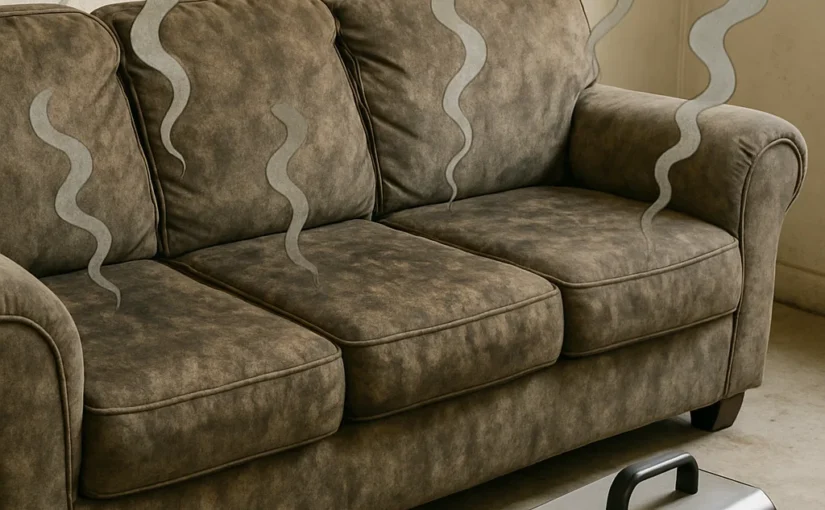
 How to Get the Ozone Smell Out of Clothes (and Everything Else It Clings To)
How to Get the Ozone Smell Out of Clothes (and Everything Else It Clings To)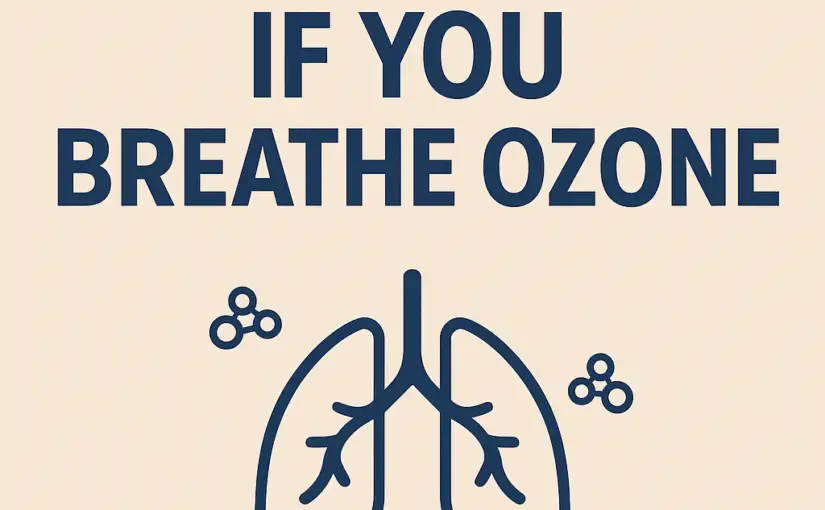
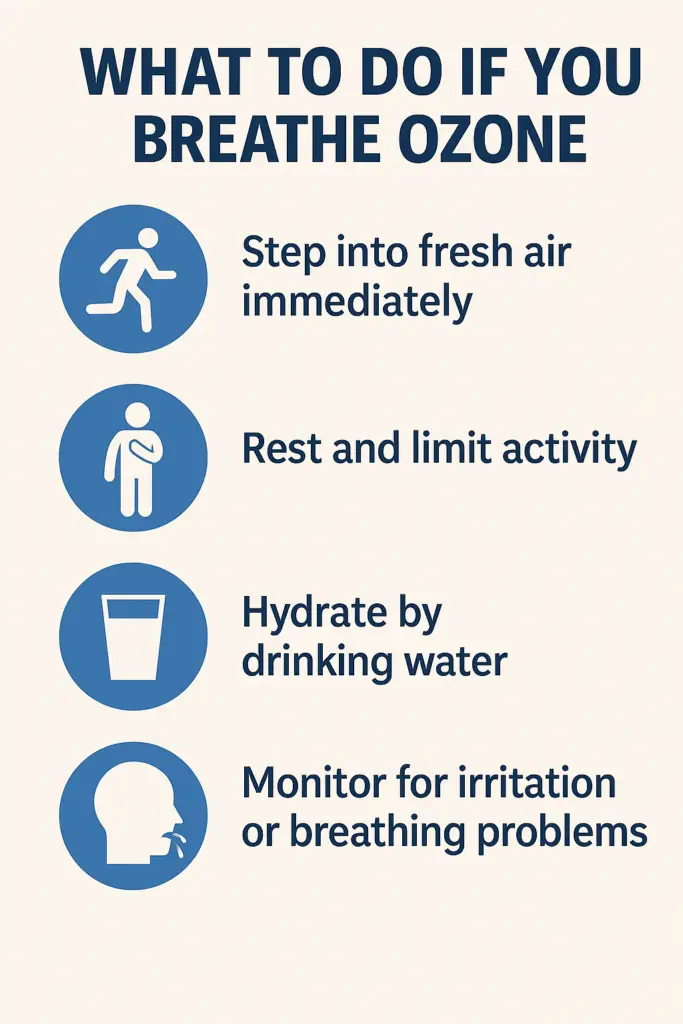
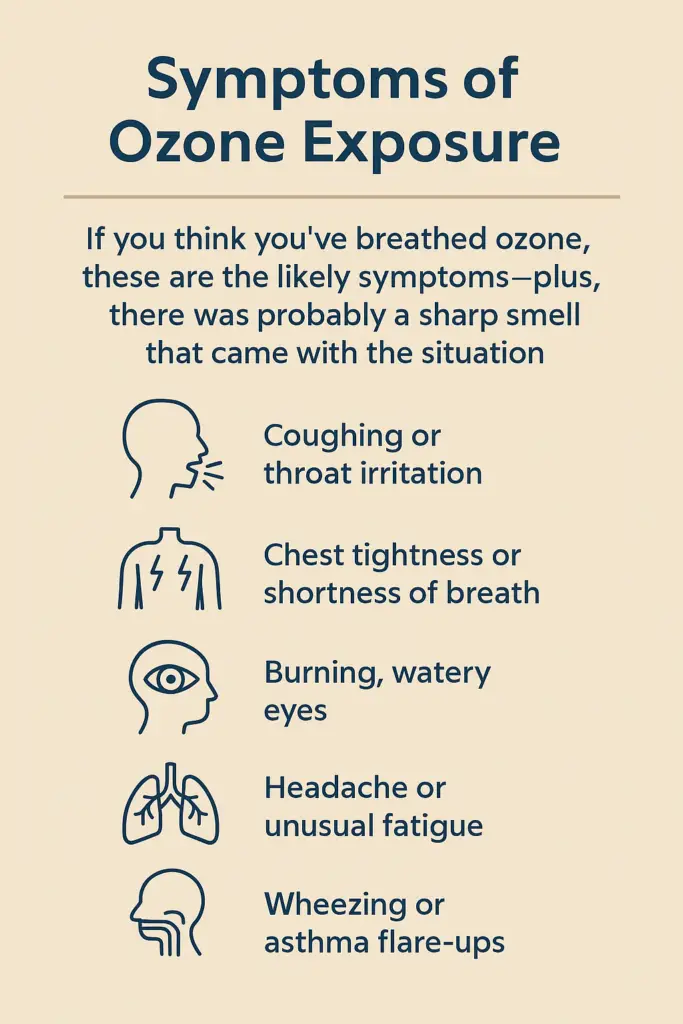
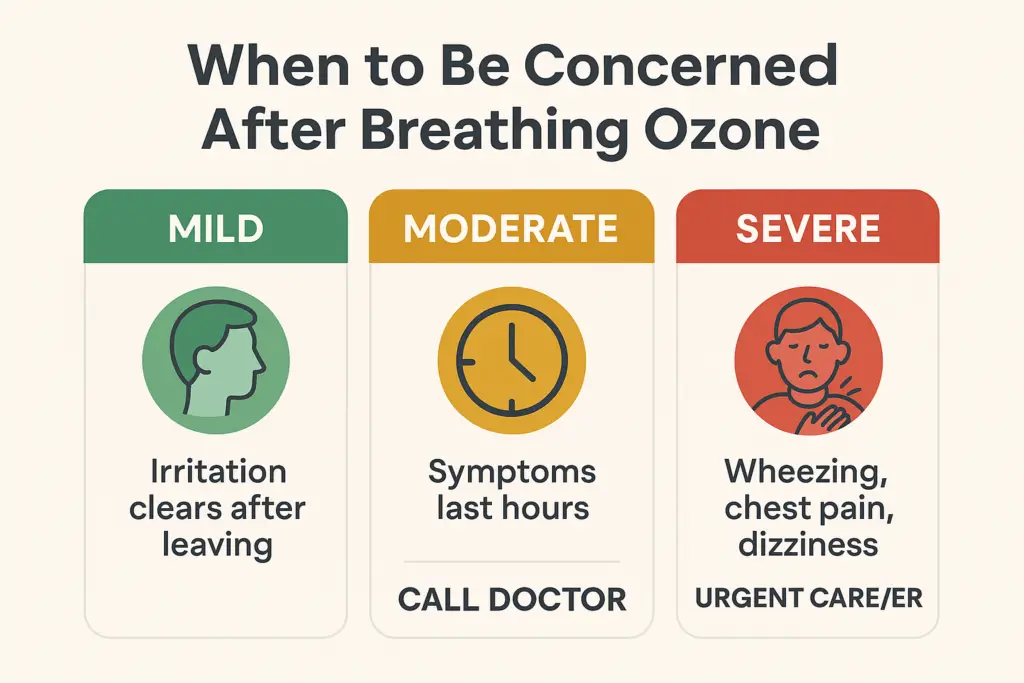
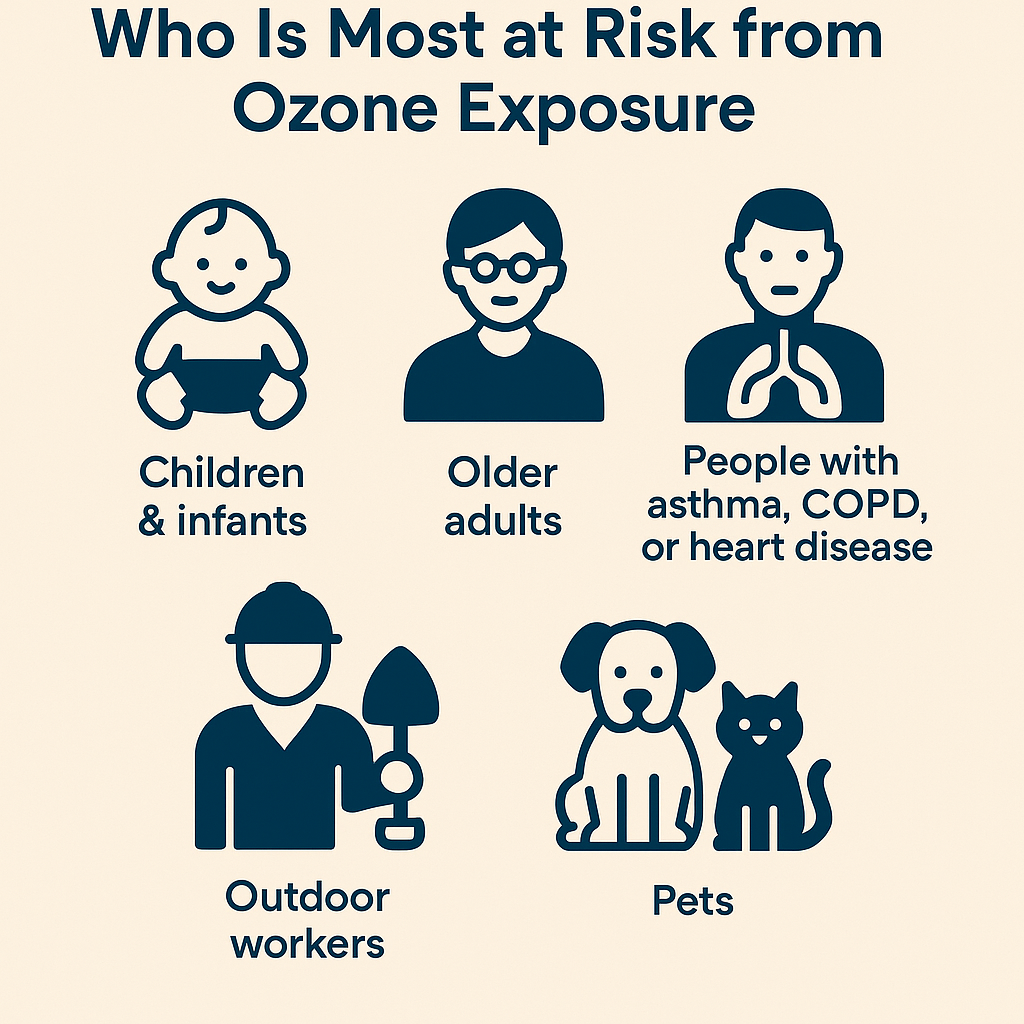
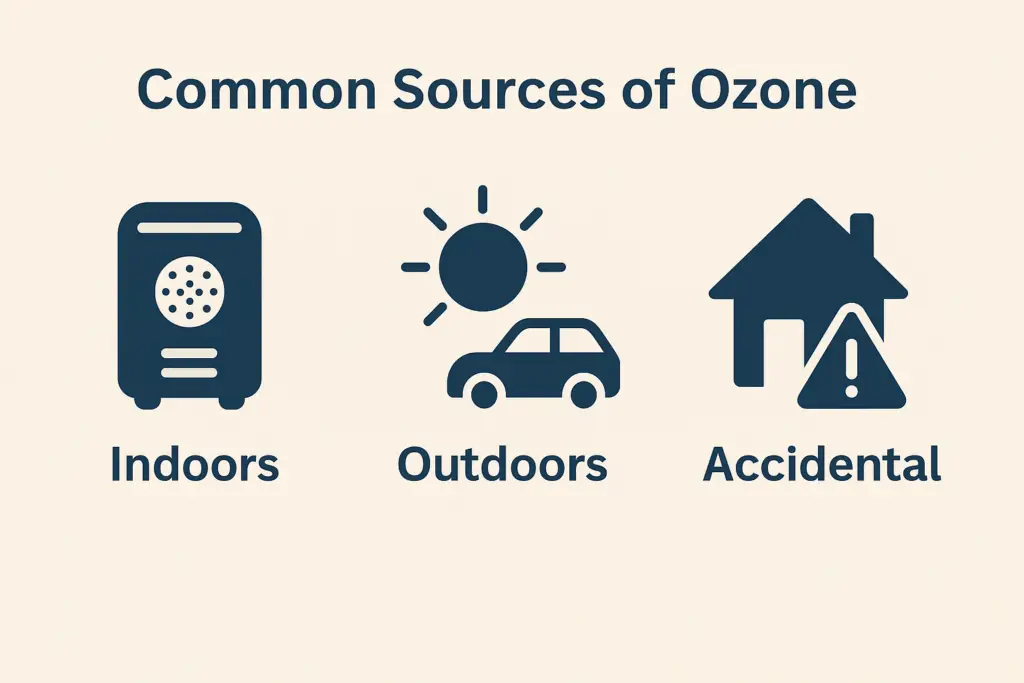
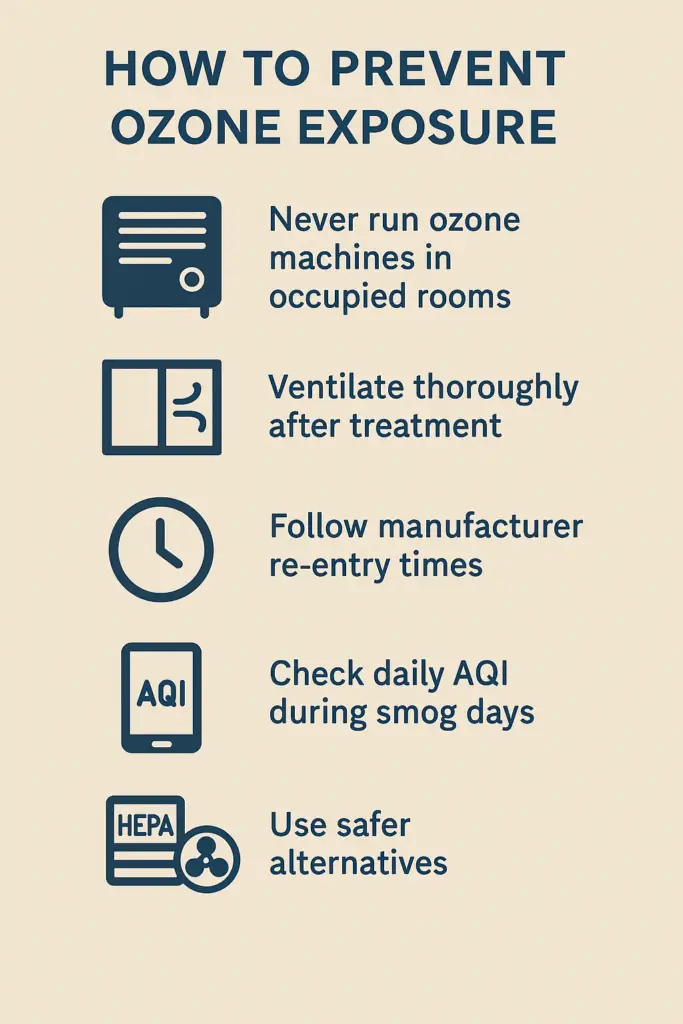
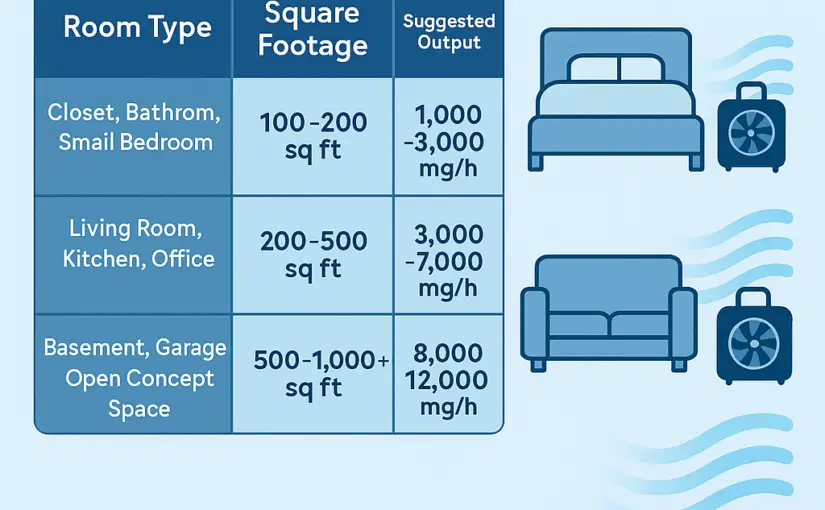
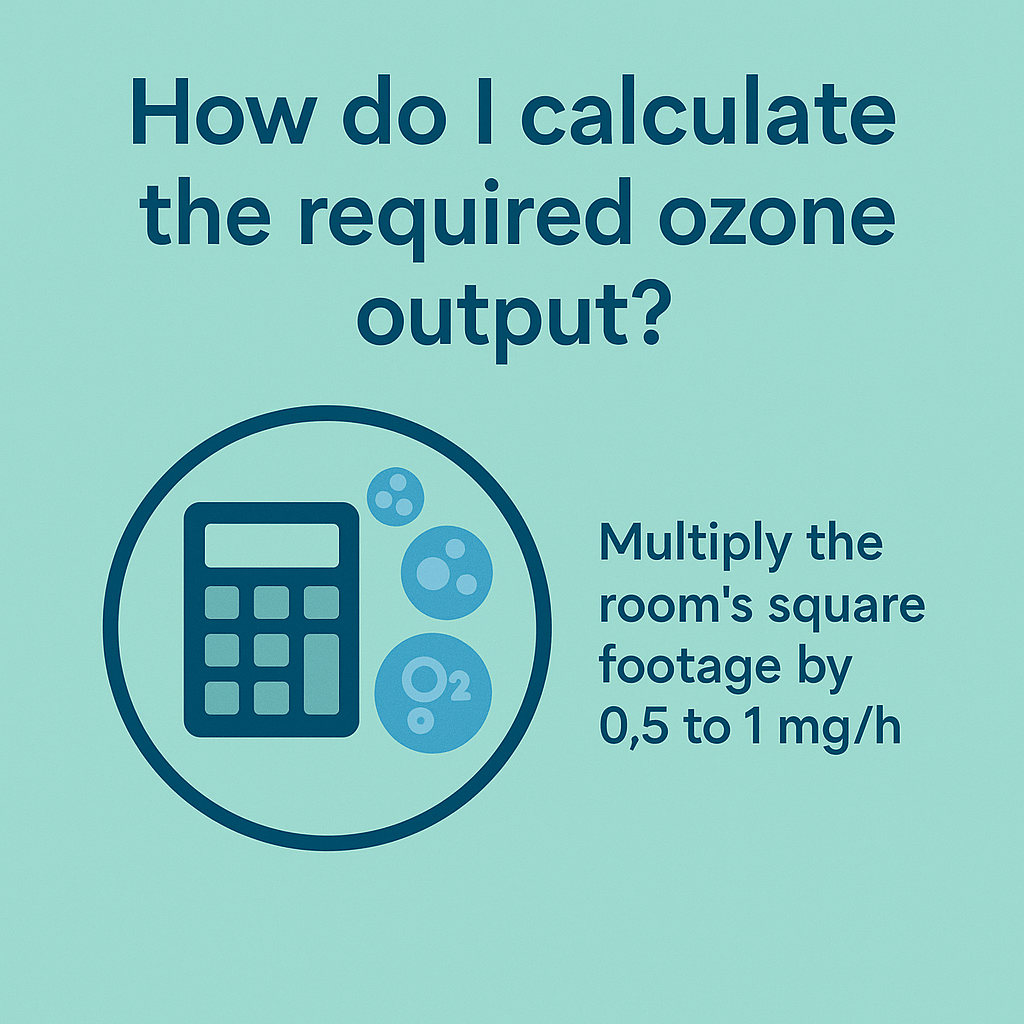 ❓ How Strong of an Ozone Generator Do I Really Need?
❓ How Strong of an Ozone Generator Do I Really Need?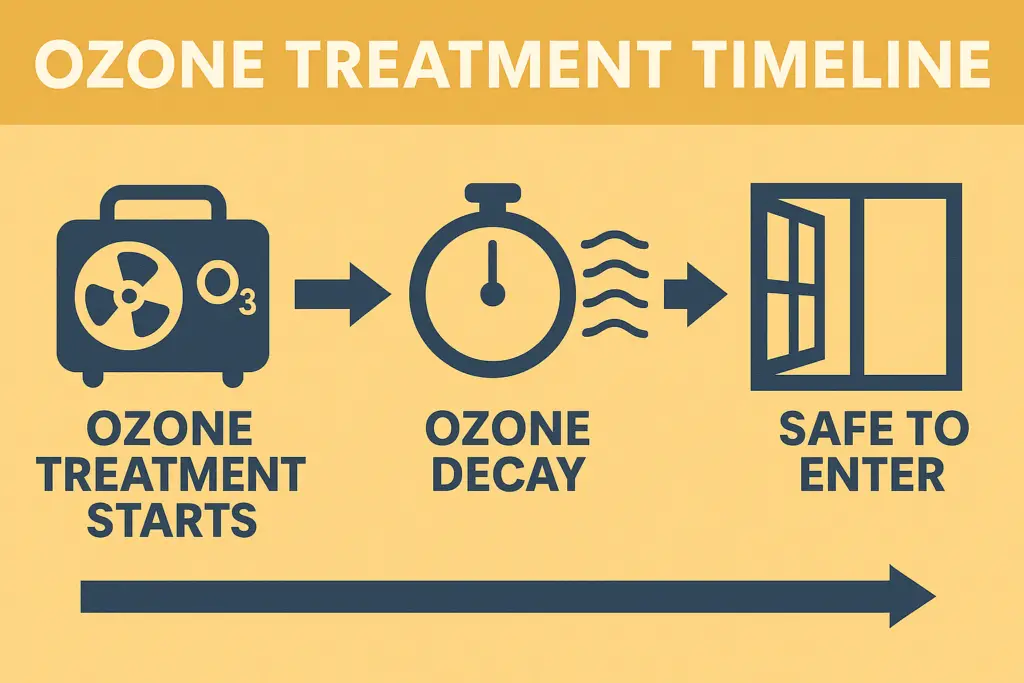
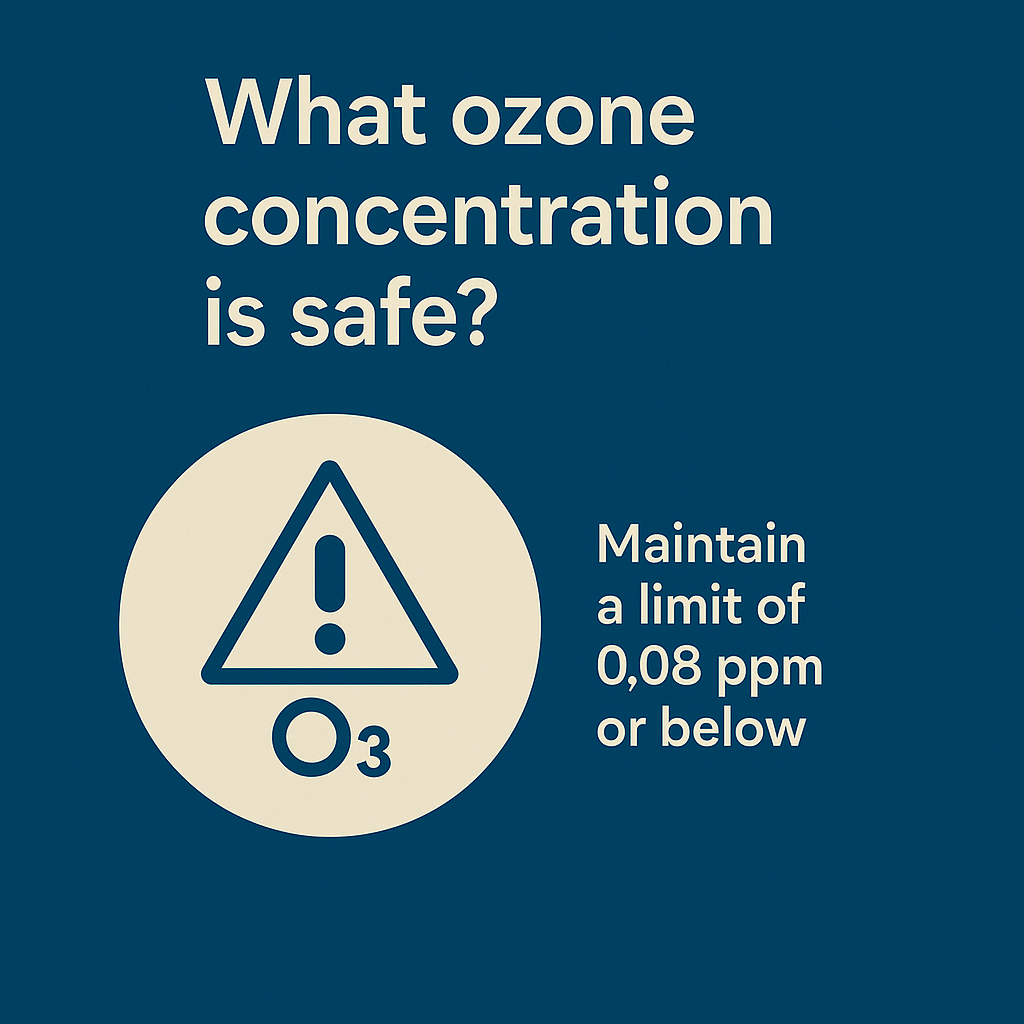
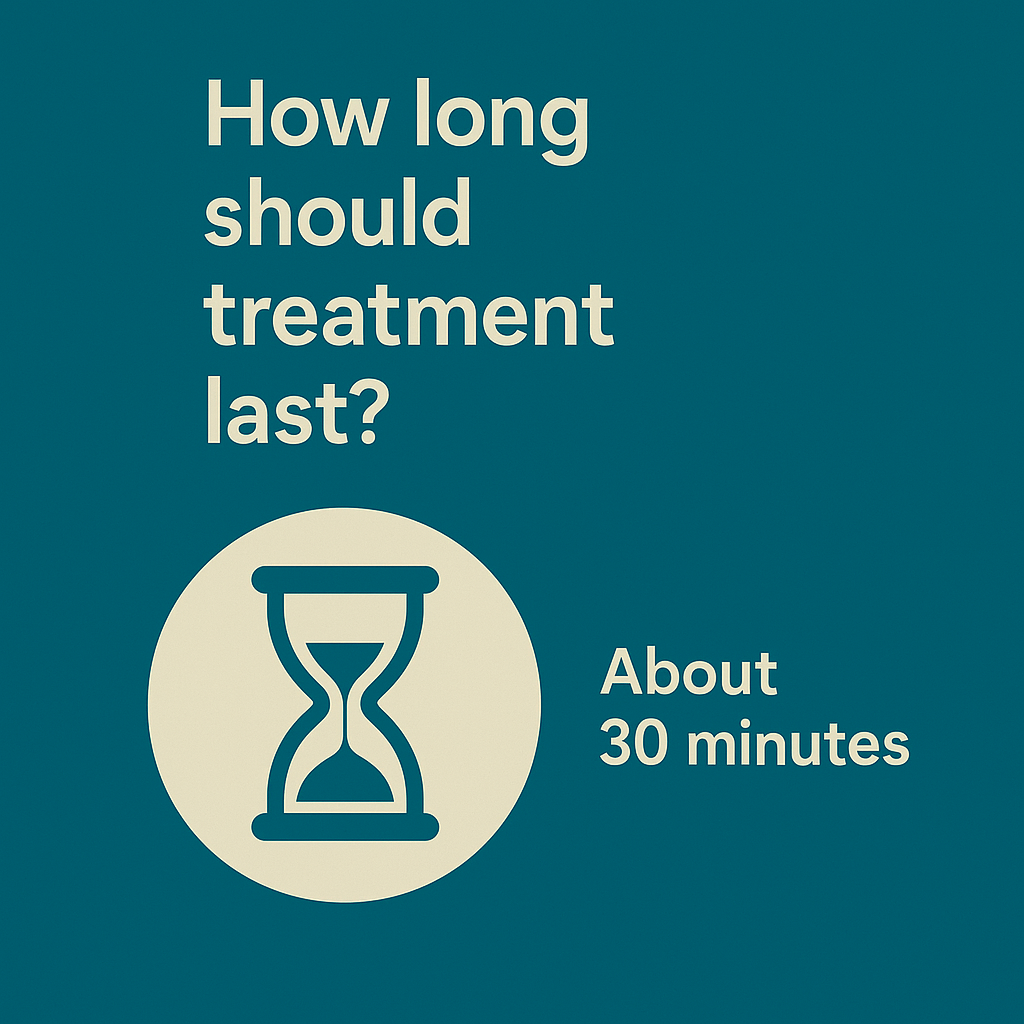 Small vs Medium vs Large Ozone Generators: What to Expect
Small vs Medium vs Large Ozone Generators: What to Expect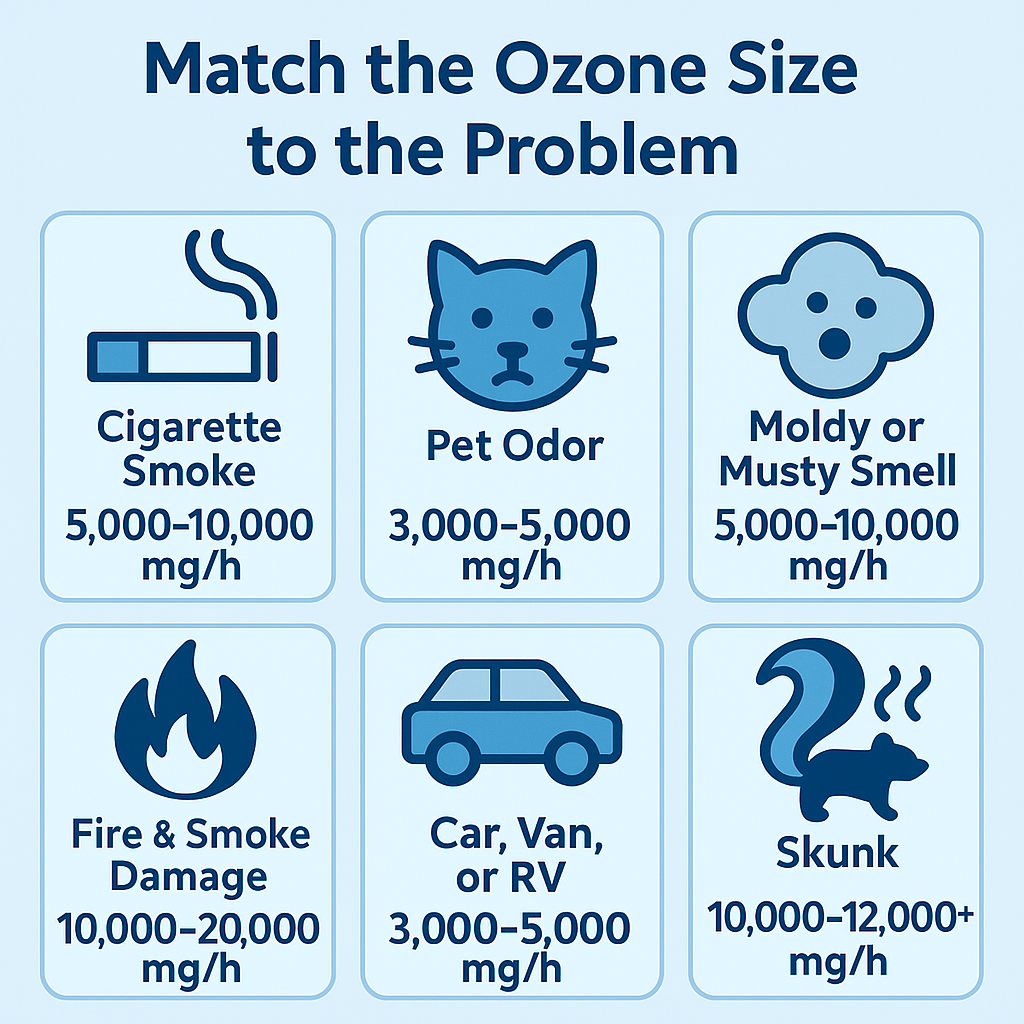

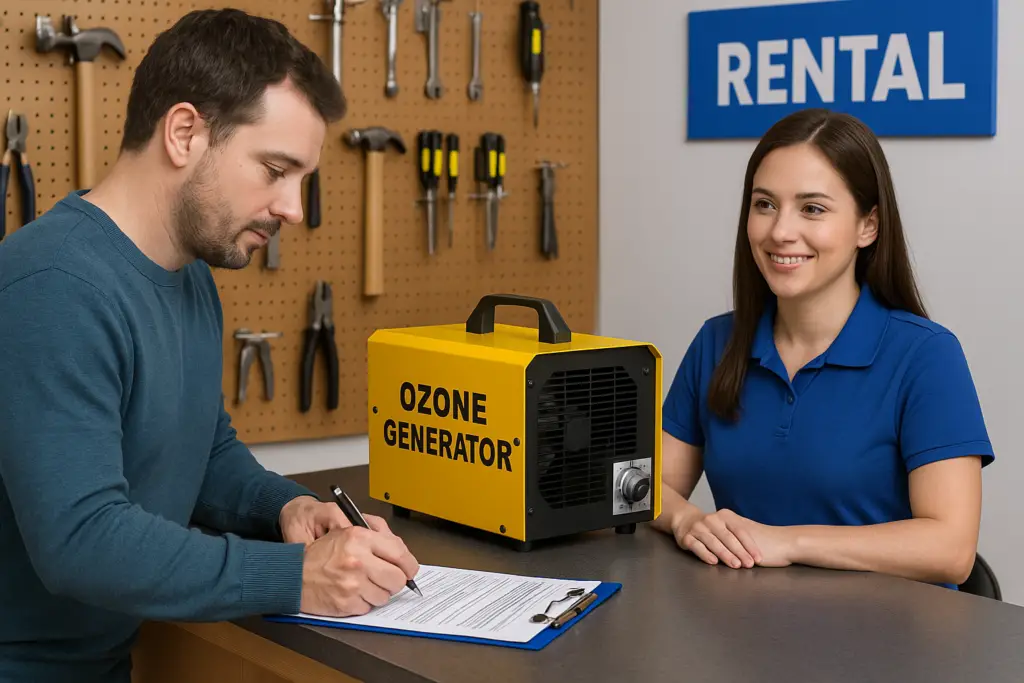
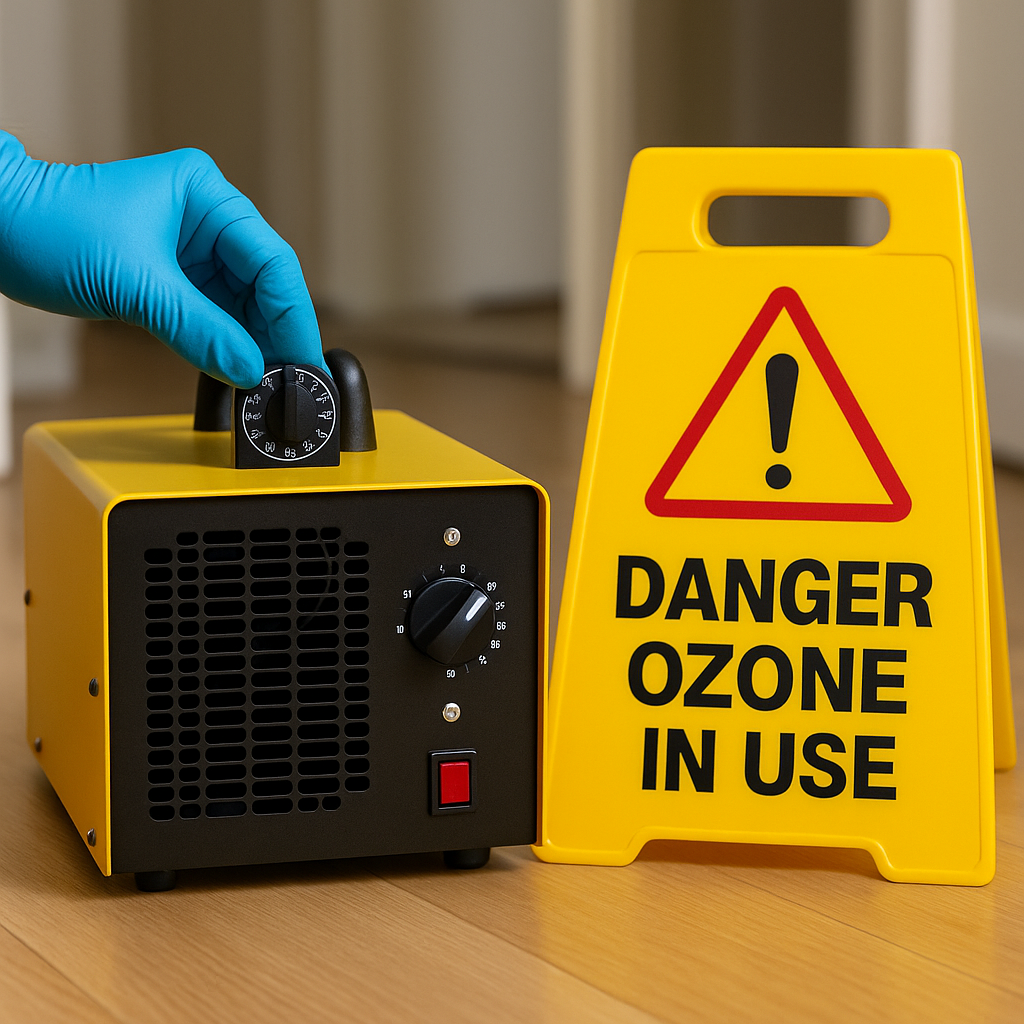
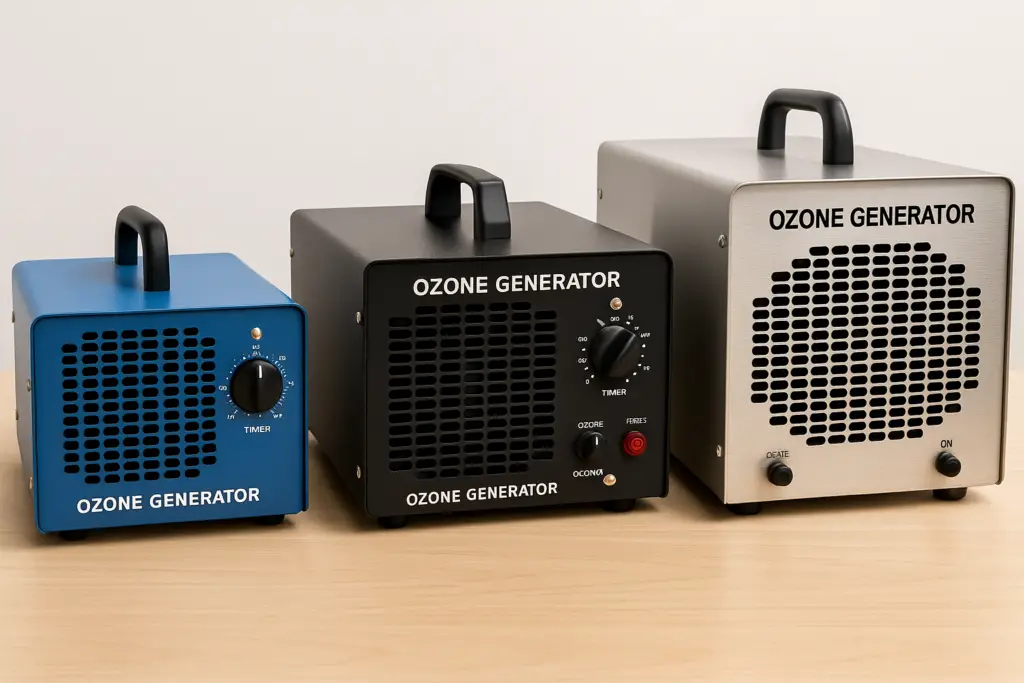
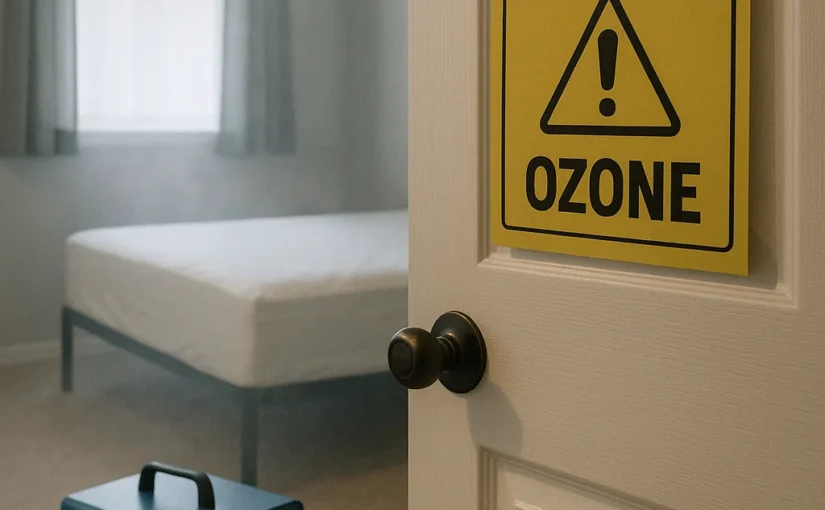
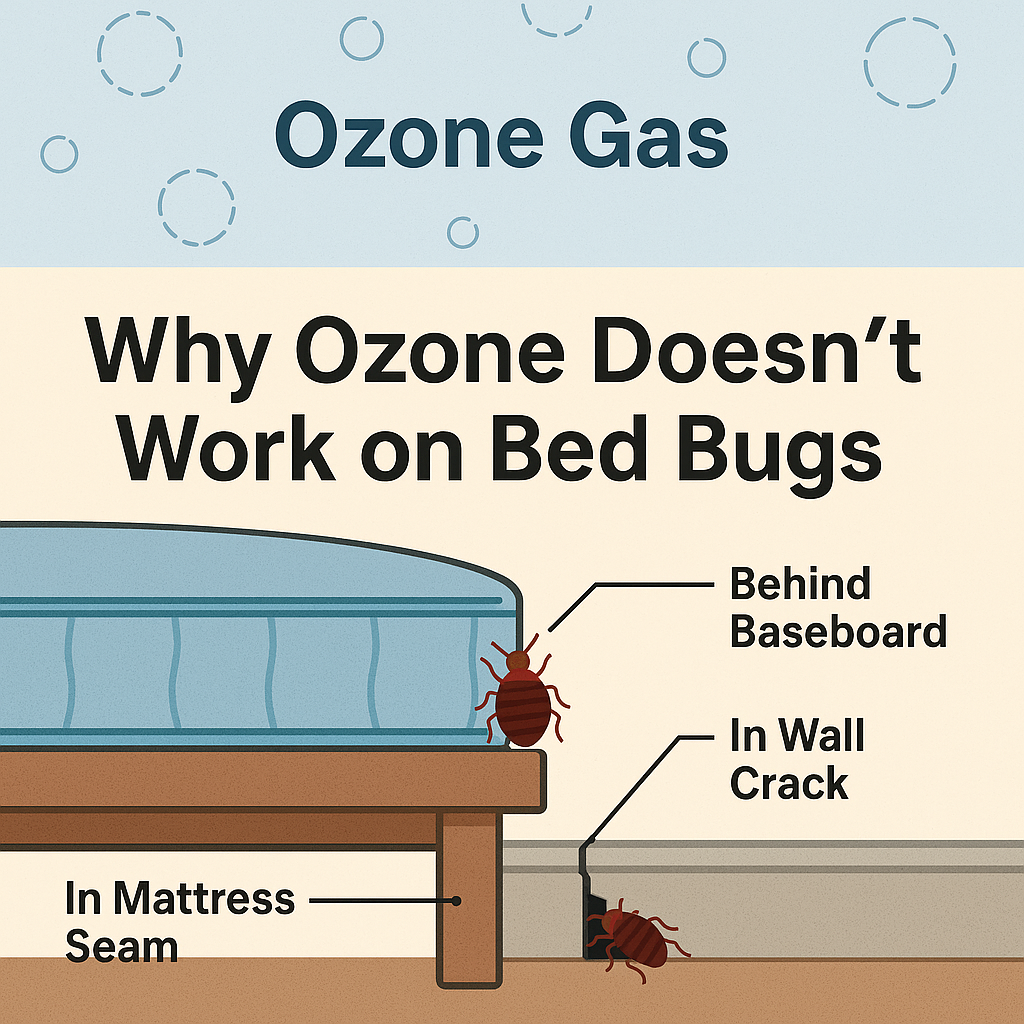 Bed Bugs 101: Why They’re a Problem, Where They Hide, and Why Clothes Matter
Bed Bugs 101: Why They’re a Problem, Where They Hide, and Why Clothes Matter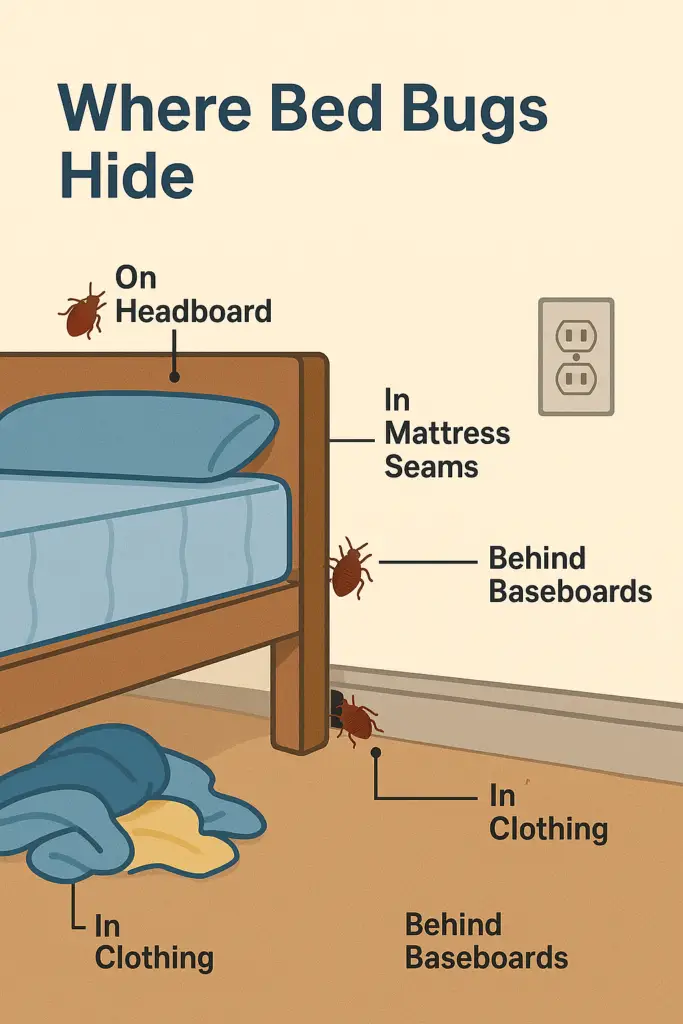 For a detailed, practical field guide, see
For a detailed, practical field guide, see 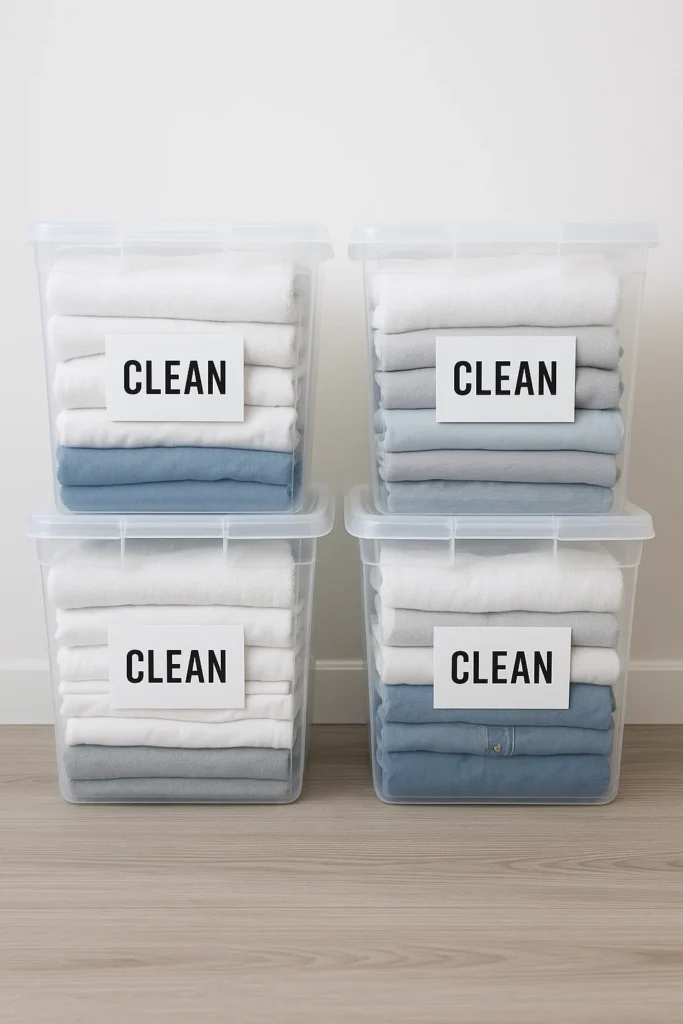 What Actually Works to Get Rid of Bed Bugs
What Actually Works to Get Rid of Bed Bugs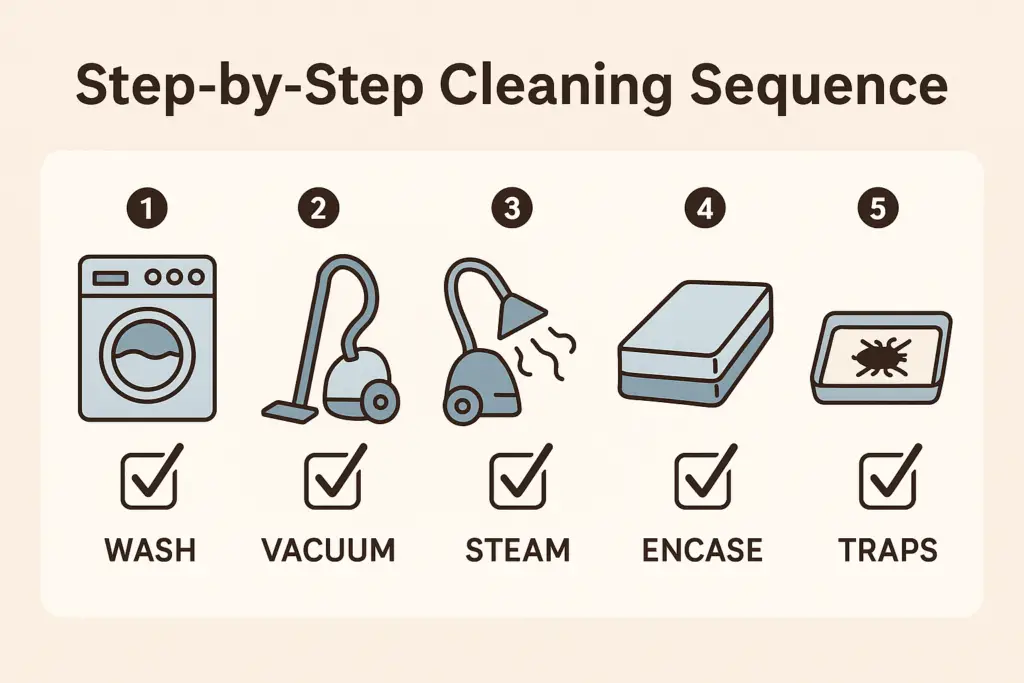 Step 1: Contain and Clean Everything
Step 1: Contain and Clean Everything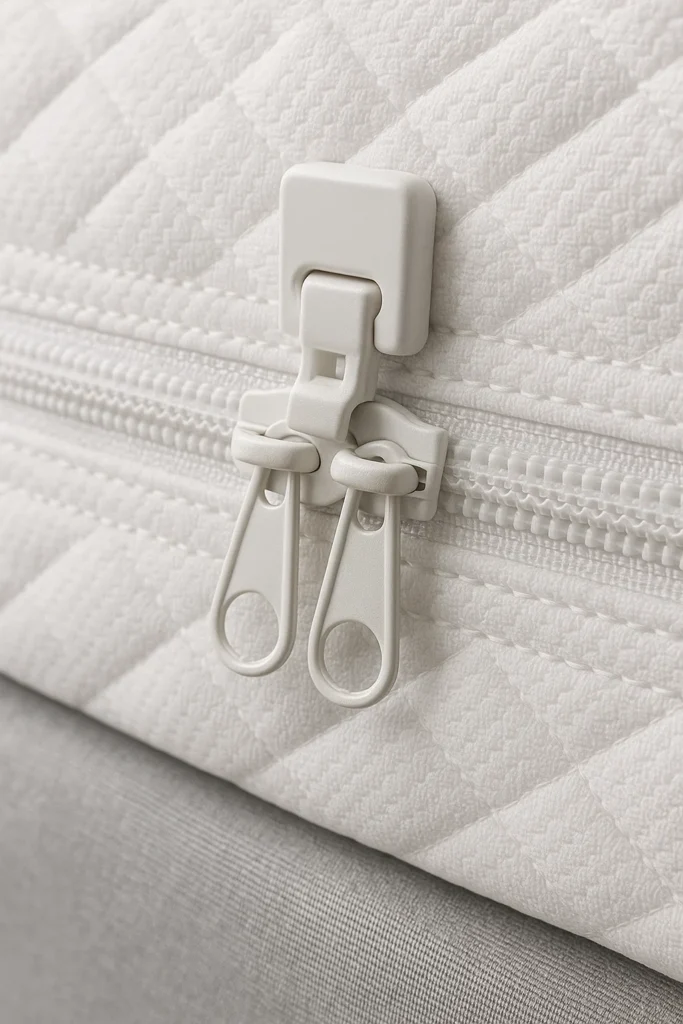
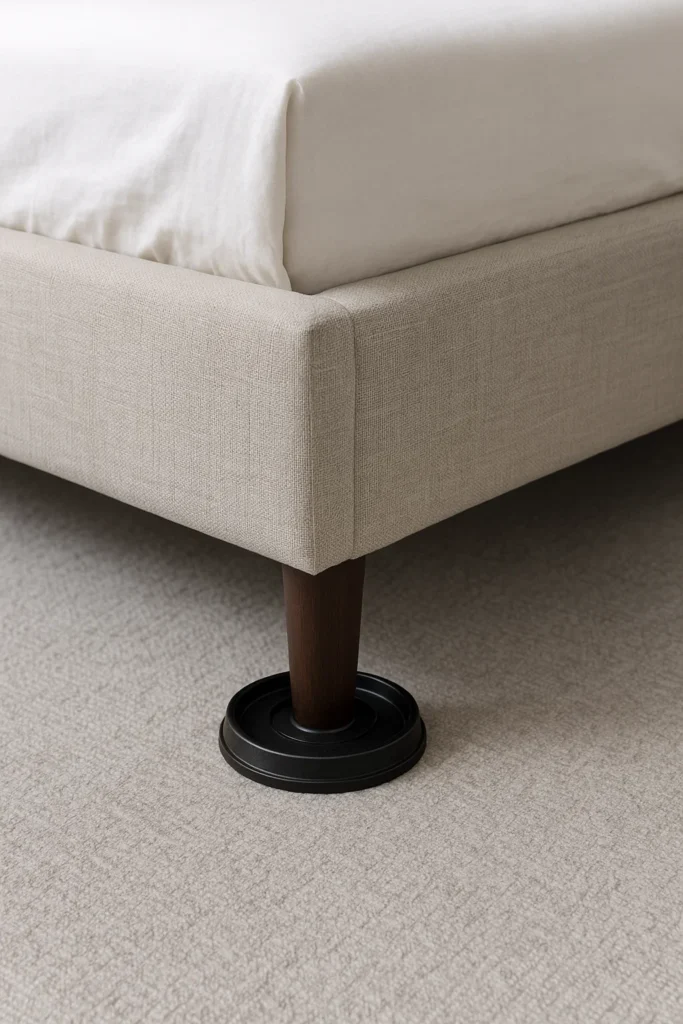
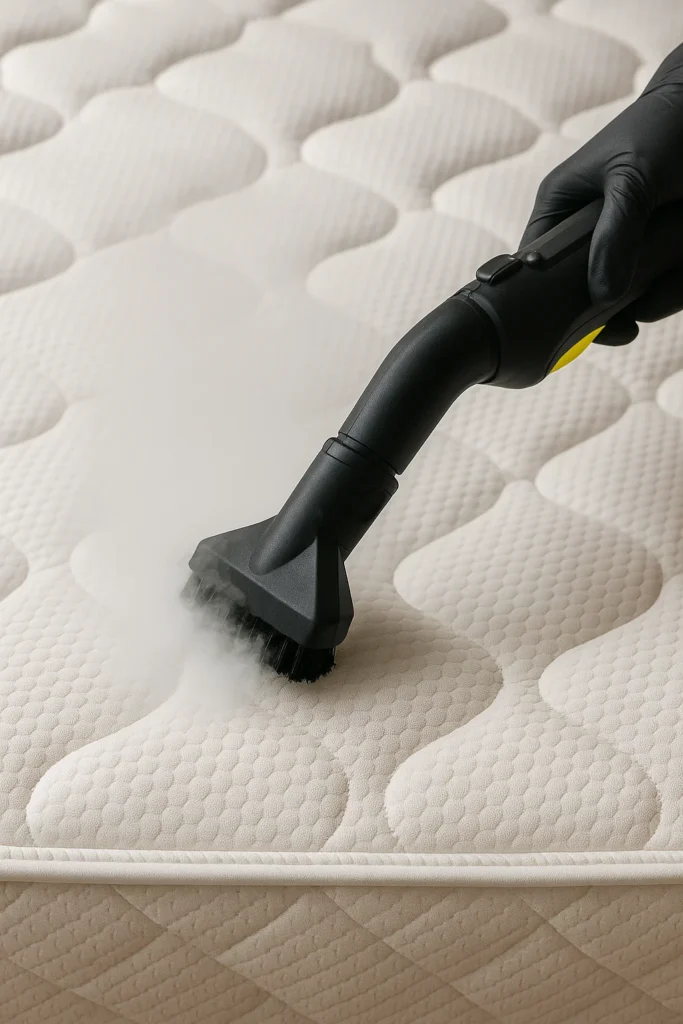 Step 4: Use EPA-Approved Bed Bug Sprays
Step 4: Use EPA-Approved Bed Bug Sprays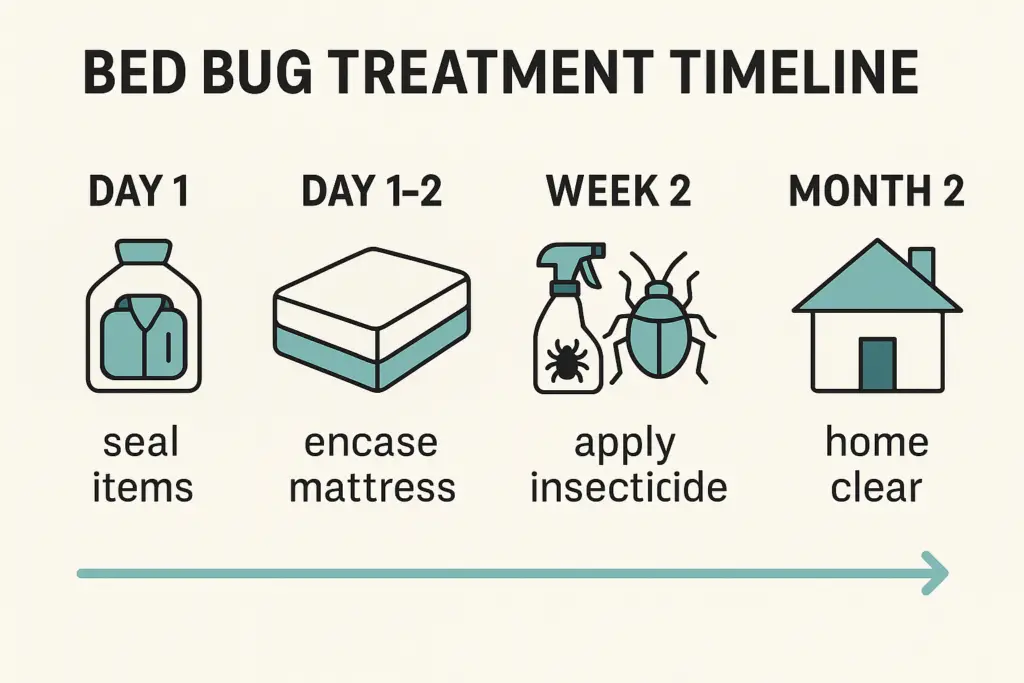 Here’s the real timeline most people experience:
Here’s the real timeline most people experience: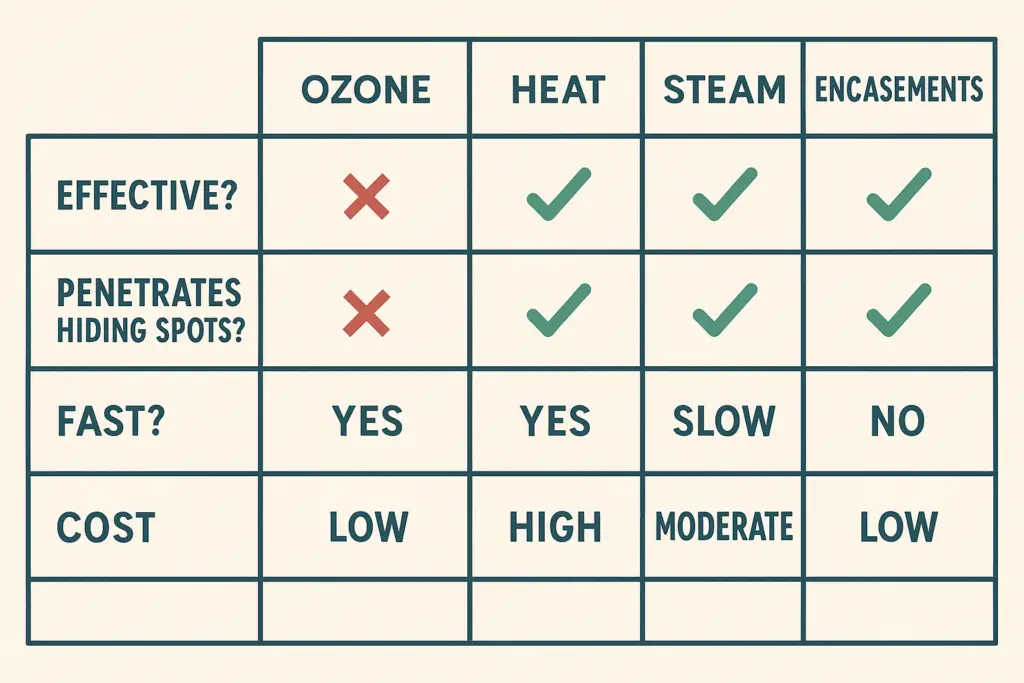

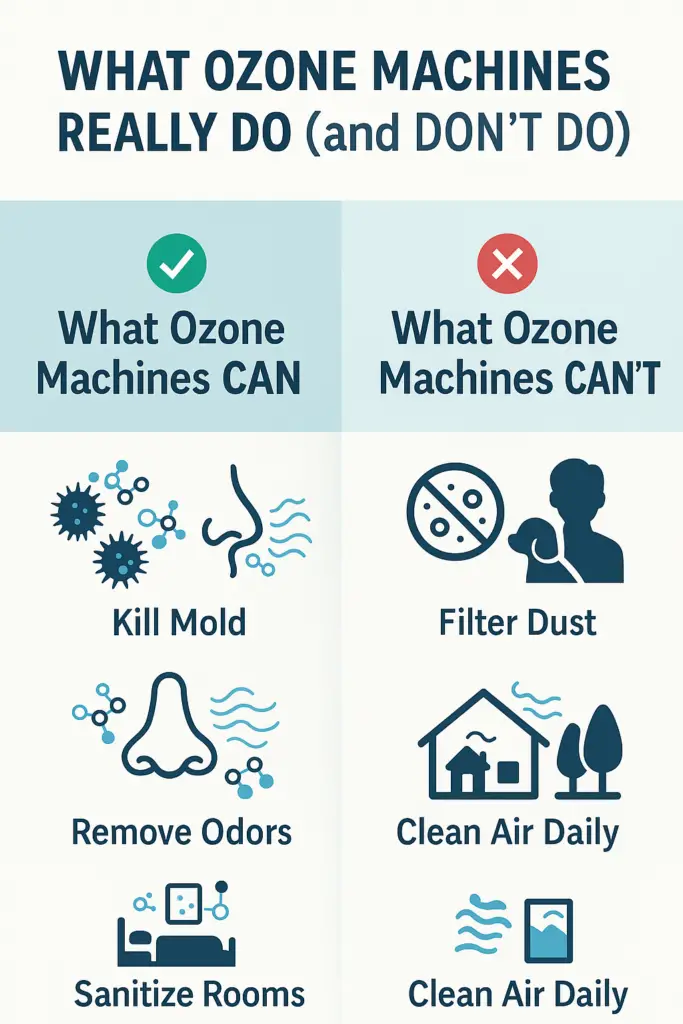
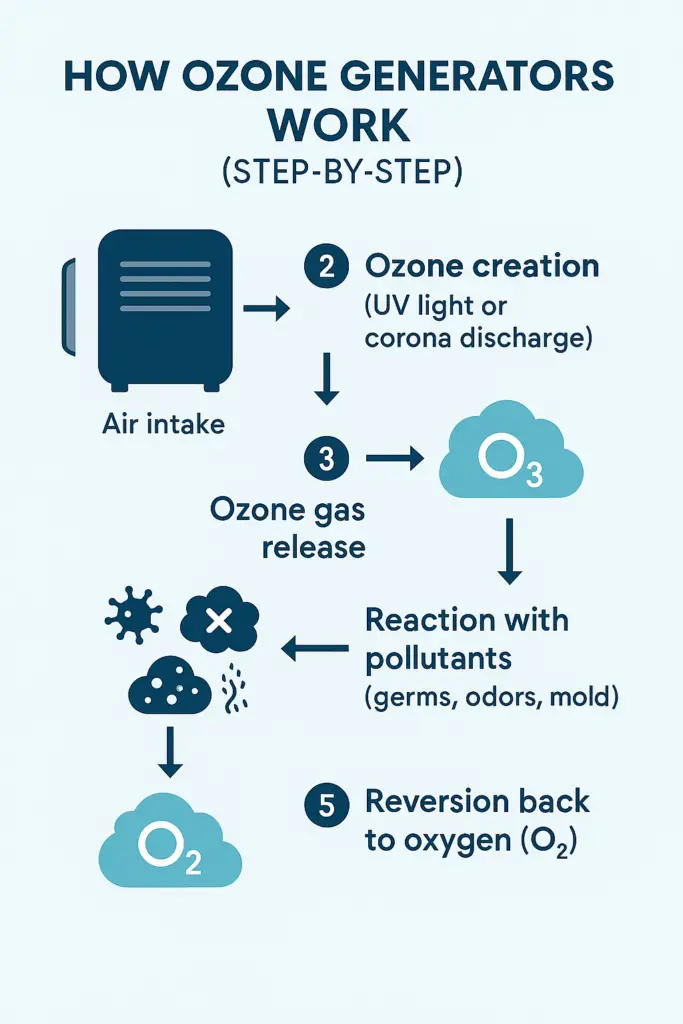
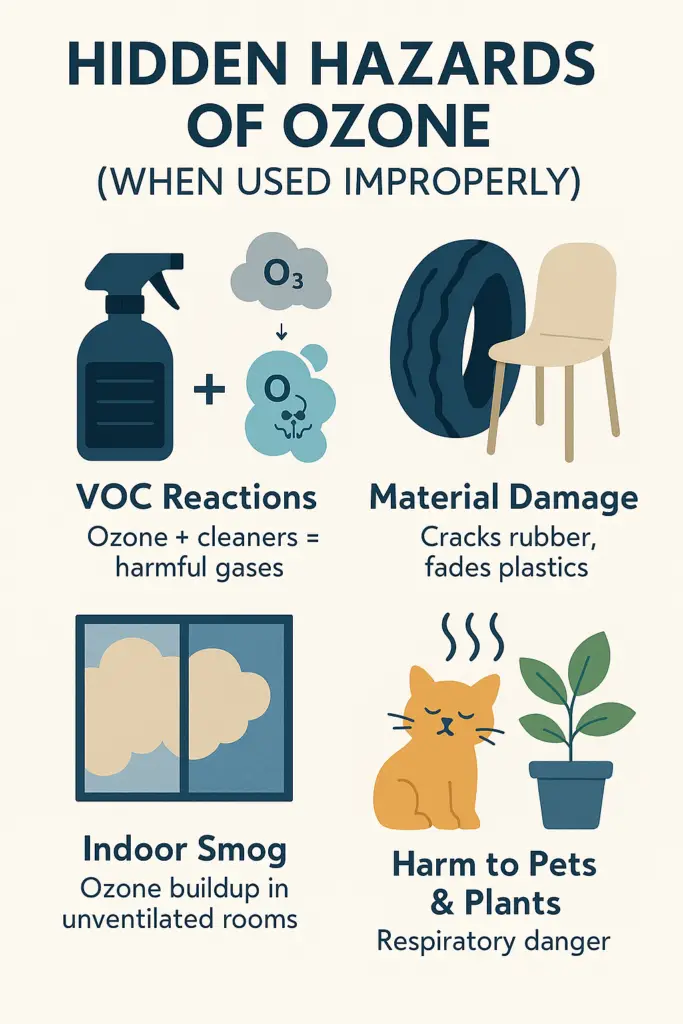
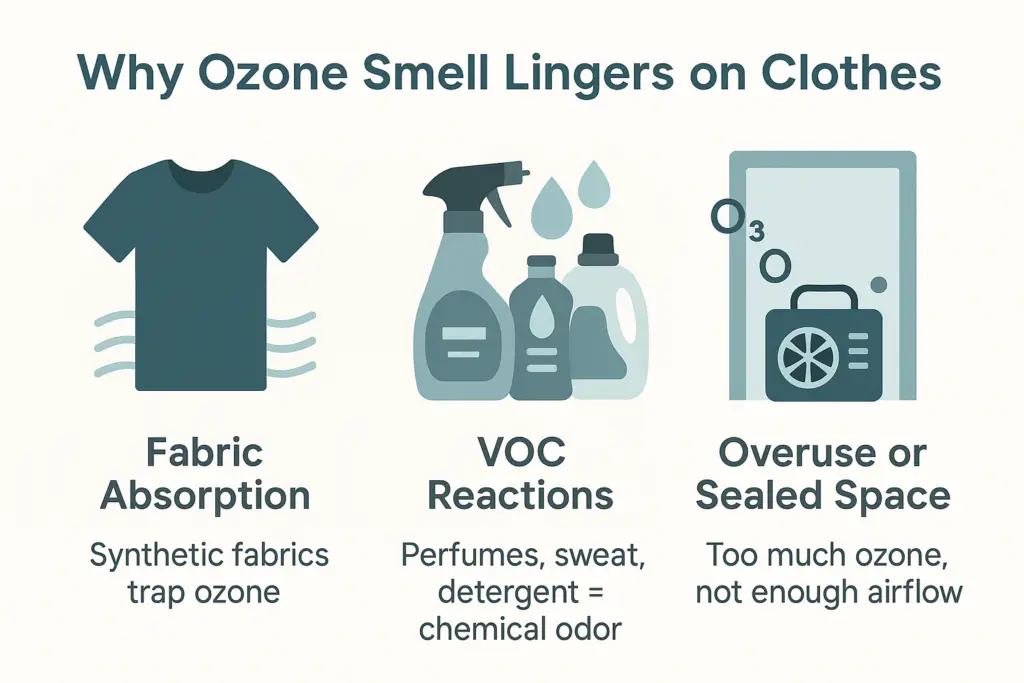
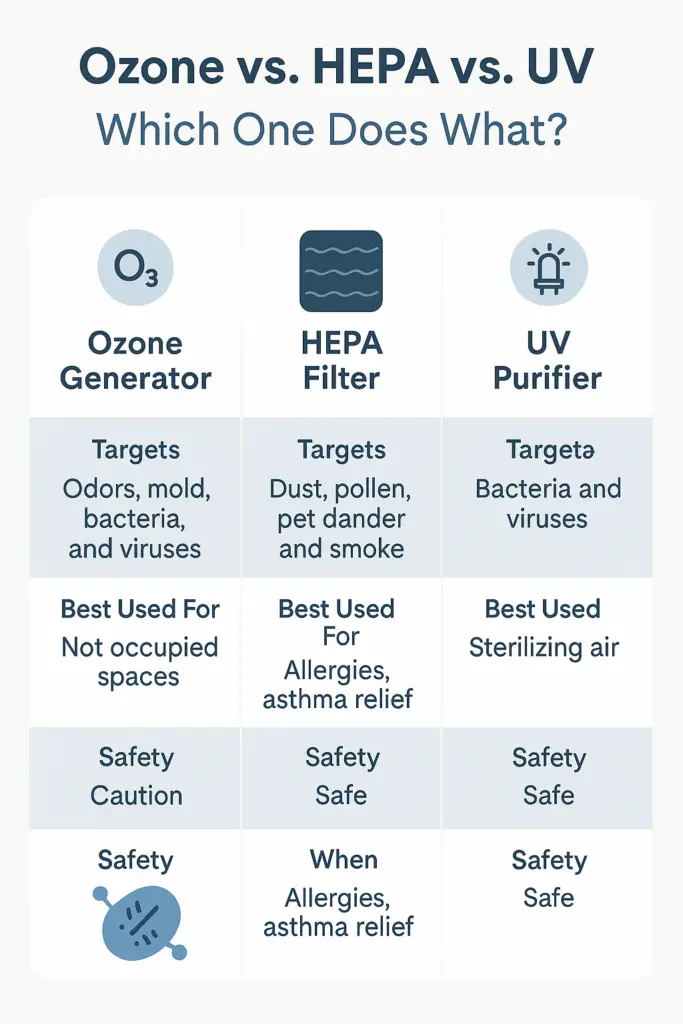

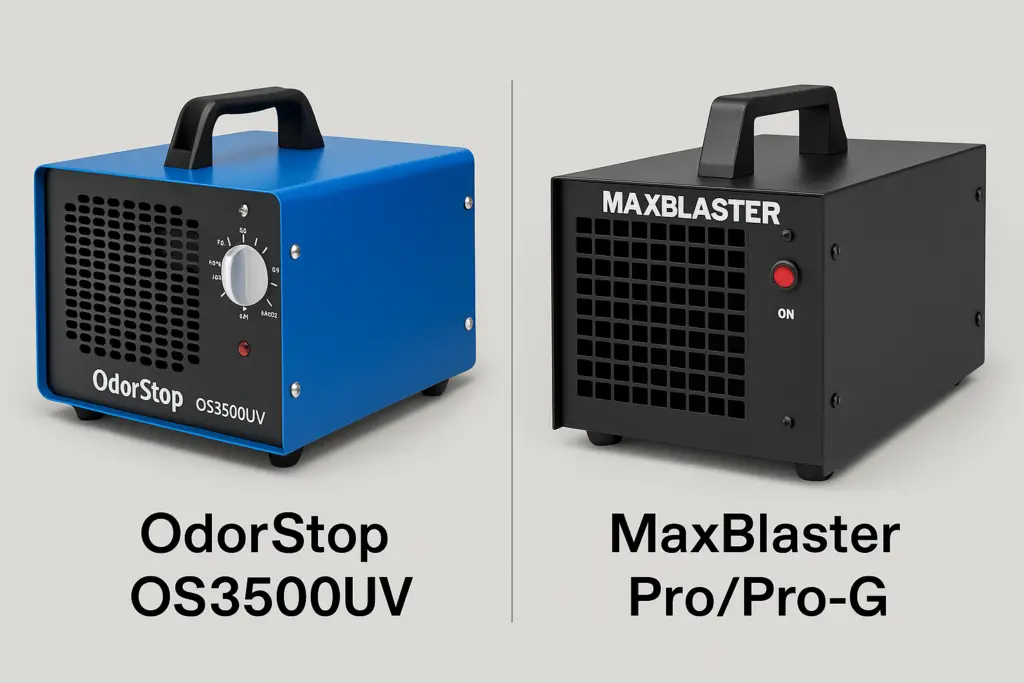
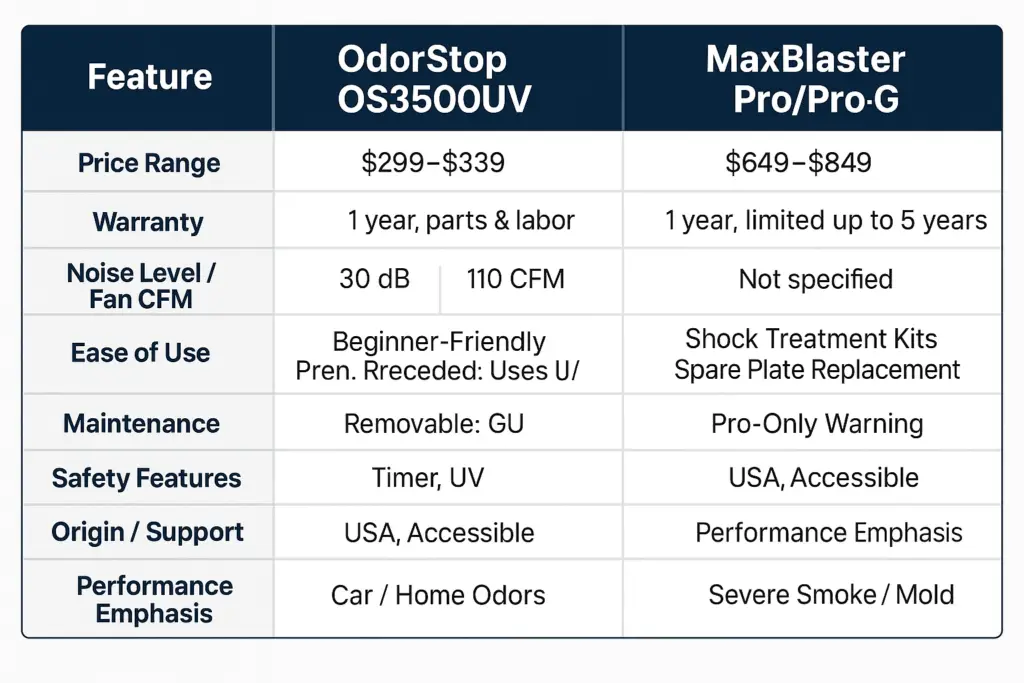
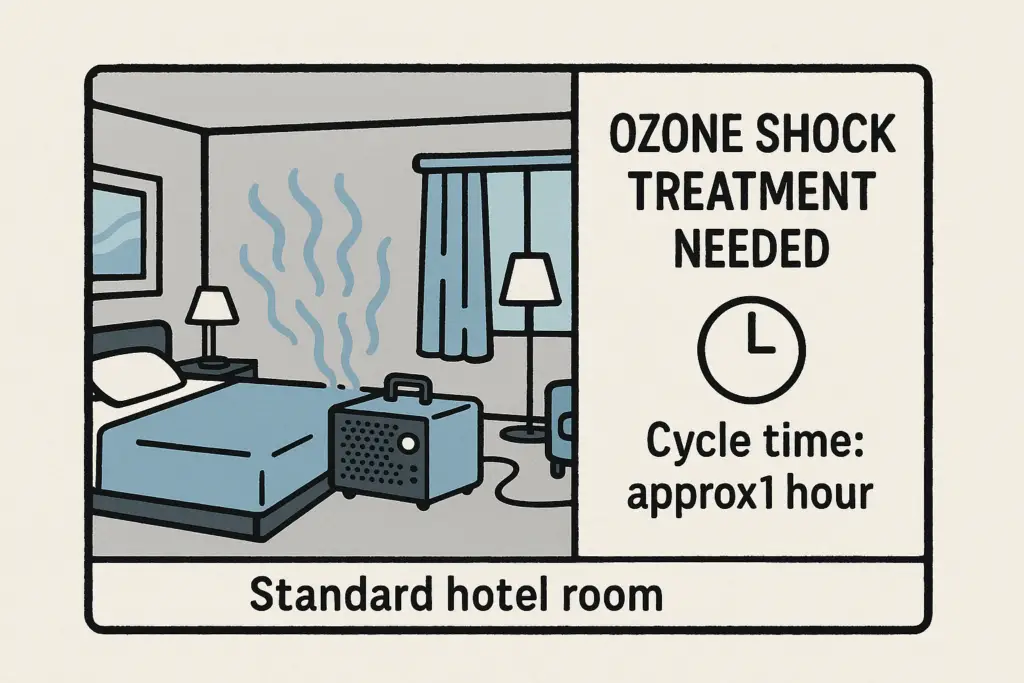

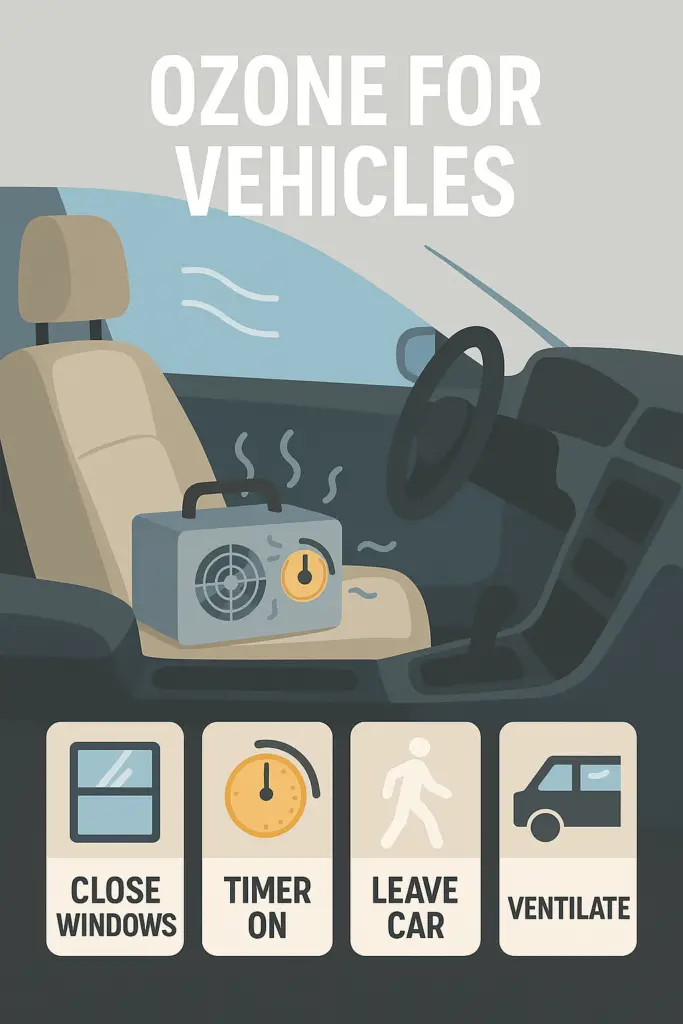 Is It Safe to Use Ozone in Cars?
Is It Safe to Use Ozone in Cars?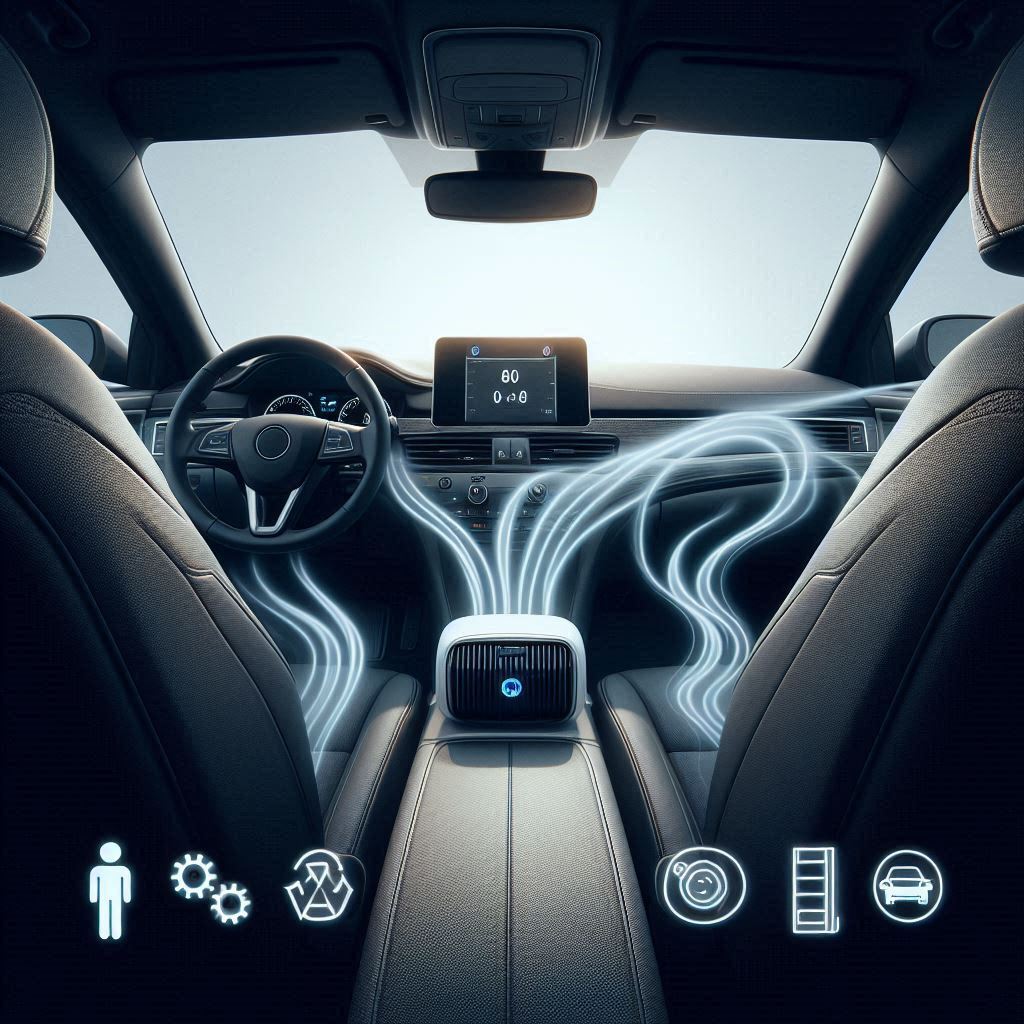
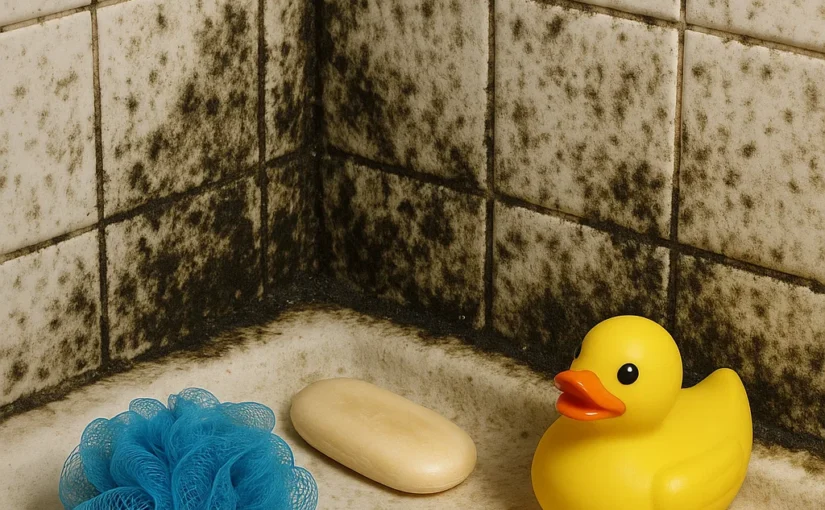
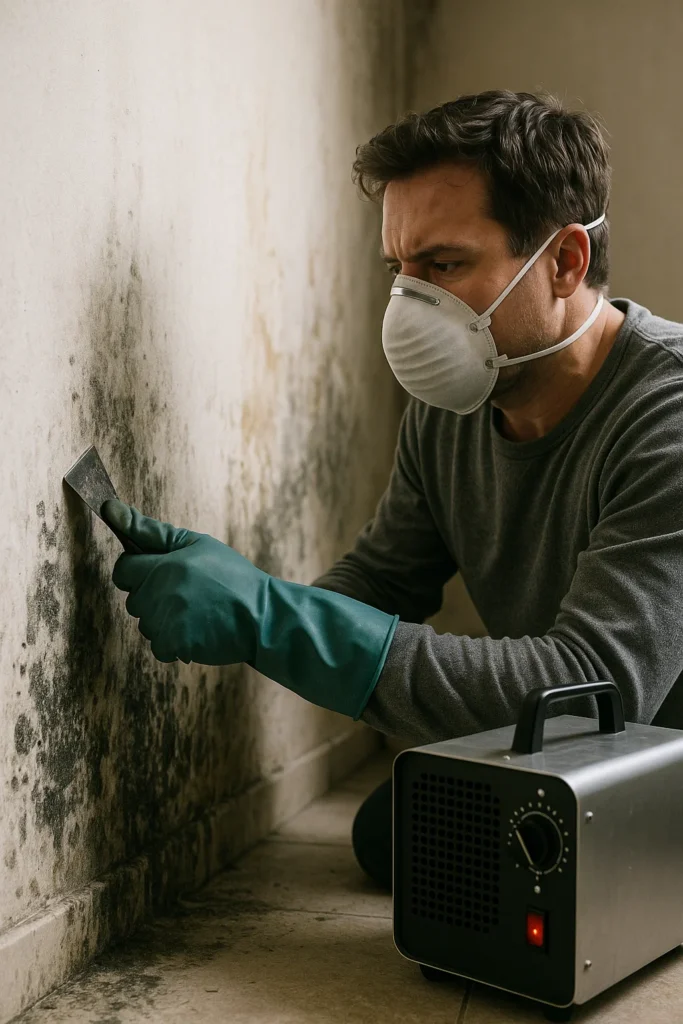 Step-by-Step: How to Use Ozone to Eliminate Mold Smell
Step-by-Step: How to Use Ozone to Eliminate Mold Smell